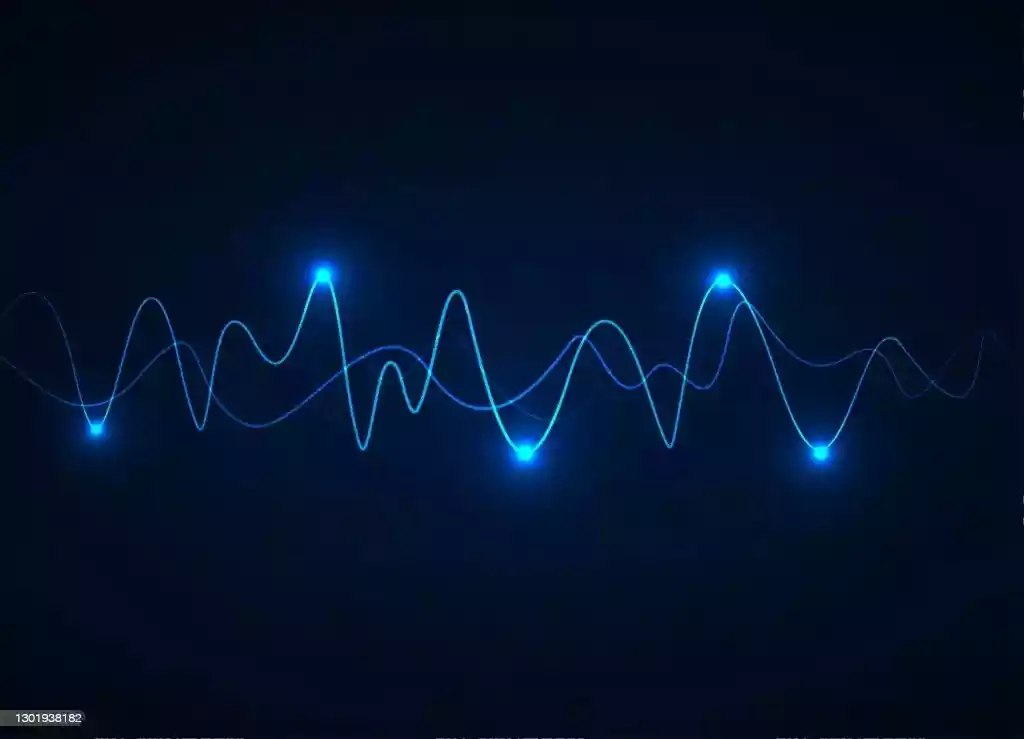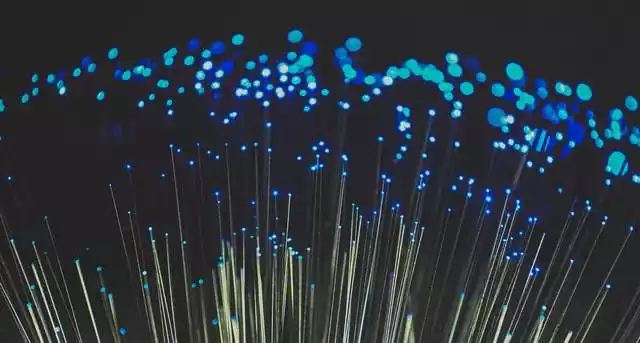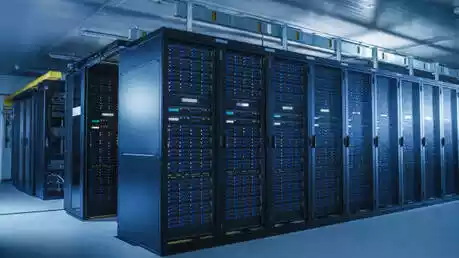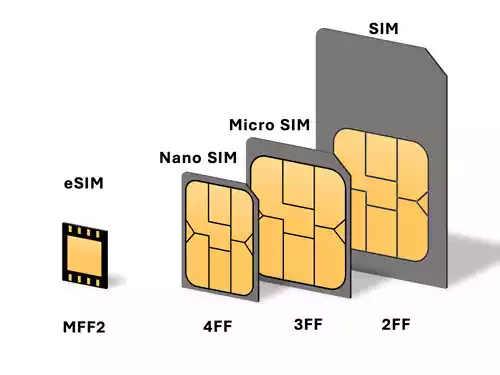Do Fiber Optic Cables Get Hot?
No, fiber optic cables do not get hot. The transmission of data through a fiber optic cables relies on light, which does not generate heat.
The only situation in which a fiber optic cable may become hot is when exposed to a direct flame or an intense laser beam.
In various scenarios, fiber optic cables are chosen precisely because of their ability to stay cool.
They are preferred in applications where heat is a concern, such as high-temperature environments or situations with a potential fire risk.
Table of Contents
The absence of heat generation in fiber optic cables can be attributed to the following reasons:
1. Light Does Not Generate Heat
Light is a form of electromagnetic radiation, and electromagnetic radiation does not generate heat.
This is because electromagnetic radiation does not interact with matter in the same way that heat does.
When data is transmitted through fiber optic cables, it travels as light pulses, which means that no heat is generated in the process.
This characteristic of light makes fiber optic cables an excellent choice for applications where heat dissipation is critical.
2. Fiber Optic Cables Are Made of Glass
Fiber optic cables are made of glass, which is an excellent insulator. This means that it does not conduct heat well.
When light passes through the glass core of a fiber optic cable, there is no significant heat transfer to the cable itself.
The glass acts as a barrier, preventing any heat generated from the light signal from affecting the cable’s temperature.
This insulation property is vital in maintaining stable and reliable data transmission without the interference of heat-related issues.
3. Fiber Optic Cables Are Thin
Fiber optic cables are extremely thin, with diameters as small as a human hair. This characteristic results in a small surface area for the cables.
As a result, there is minimal contact with the surrounding air. Less contact with the air means reduced heat absorption.
In traditional metallic cables, heat generated during data transmission could lead to signal degradation.
However, in fiber optic cables, the low surface area and minimal heat absorption ensure that temperature changes do not affect data quality.
As a result of these factors, fiber optic cables do not get hot, making them an ideal choice for applications where heat management is essential.
Applications of Fiber Optic Cables in High-Temperature Environments
The unique ability of fiber optic cables to remain unaffected by heat makes them highly suitable for use in high-temperature environments.
Here are some common applications:
- Industrial Settings: Industries that operate in high-temperature environments, such as steel mills, glass manufacturing, and foundries, rely on fiber optic cables for data transmission.
The cables can withstand the extreme heat present in these settings without compromising signal integrity. - Aerospace and Aviation: In aircraft and spacecraft, where temperature variations are common, fiber optic cables provide reliable and lightweight solutions for data transmission.
They are used for communication, navigation, and various onboard systems. - Oil and Gas Exploration: Fiber optic cables are deployed in oil and gas exploration, where drilling and extraction take place in high-temperature environments.
These cables can withstand the heat generated during exploration processes. - Data Centers: Data centers, which house countless servers generating substantial heat, require efficient data transmission without any additional heat buildup.
Fiber optic cables serve this purpose effectively, ensuring smooth and reliable data transfer.
Addressing Fire Risk
Another advantage of fiber optic cables is their inherent resistance to electrical interference.
Since they do not conduct electricity, they do not pose a risk of electrical sparks or short circuits, which could lead to fires.
This fire-resistant property is especially valuable in environments where safety is a top concern.
Wrap Up
As a wrap up, fiber optic cables do not get hot during data transmission. Their reliance on light pulses instead of electrical currents ensures that no significant heat is generated.
The cables’ composition of glass, along with their thin structure, further contributes to their ability to remain cool.
Due to these characteristics, fiber optic cables are widely used in applications where heat management is critical, such as high-temperature environments and fire-risk areas.
Frequently Asked Questions (FAQs)
- Can fiber optic cables melt under extreme heat conditions? Fiber optic cables have high melting points and can withstand significant heat. They are designed to operate in extreme conditions without melting.
- Are fiber optic cables affected by electromagnetic interference (EMI)? No, fiber optic cables are immune to EMI since they do not conduct electricity. This immunity makes them ideal for areas with high electrical interference.
- Can fiber optic cables be used outdoors? Yes, fiber optic cables can be used outdoors. They are designed to withstand environmental factors like moisture, temperature changes, and UV exposure.
- How do fiber optic cables compare to traditional copper cables in terms of heat resistance? Fiber optic cables are superior to traditional copper cables in heat resistance. Copper cables are more susceptible to heat-related issues, leading to potential data transmission problems.
- Can fiber optic cables be damaged by exposure to high-powered lasers? Yes, intense lasers can damage fiber optic cables, but this requires an extremely high-powered laser, not typical in everyday scenarios.
- Are fiber optic cables a safer choice for home networking? Fiber optic cables are safer than copper cables for home networking because they do not carry electrical current, reducing the risk of electrical accidents and fire hazards.





